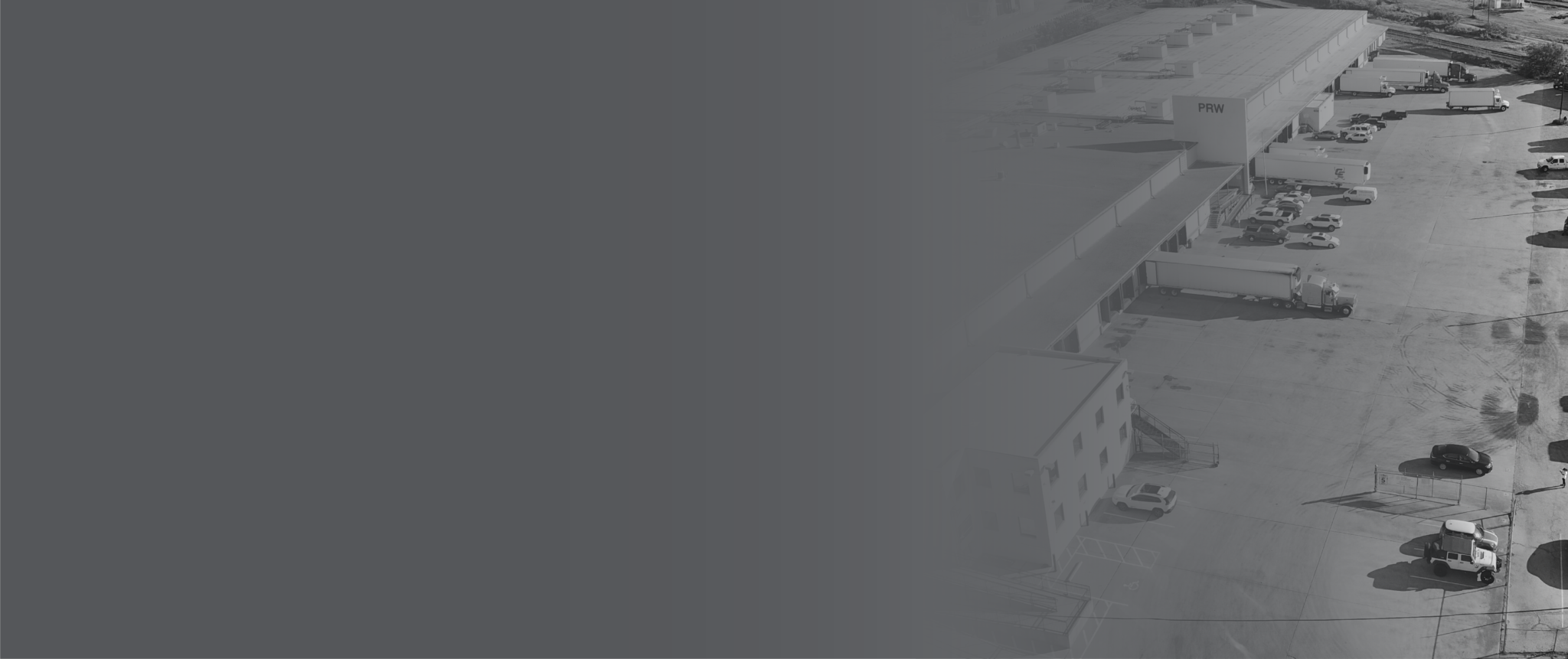The Case for Industrial: On-Demand Delivery
To say I am excited about the opportunities in front of us through ownership of Class B infill / light industrial real estate is an understatement! My goal is to write a series of articles that take a more detailed look into the trends that are backing our thesis of wanting to own more Class B industrial.
Please keep Fort in mind as an aggressive purchaser of these assets. If you’re a broker, we’d love to tell you more about our Broker Incentive Program for off-market purchases.
I’ve constantly asked myself, “What asset class offers the most ’optionality’ long-term for different use cases?” The answer is clear to me: Class B industrial. At the most fundamental level, it’s the least expensive asset class of them all, usually comes on larger plots of land, more in-fill locations by nature of when they were built, rezoning for higher and better uses is historically easier to achieve, offers lots of potential space & parking, can easily be redeveloped, and all of that leads to being an innovator’s dream.
On-Demand Food Delivery
When Travis Kalanick, the founder of Uber, starts buying core industrial buildings in major metros for his new startup(s), Cloud Kitchen & City Storage systems, I have to believe something big is emerging. I also have to believe that Travis hasn’t blindly walked into this venture — he knows something, because Uber is one of the biggest data companies of our generation, and nobody knows the data better than Travis. Travis invested $150M of his own dollars to purchase these companies — he’s putting his money where his beliefs are.
Gloriafood.com released some great data on the numbers behind food delivery. Here are my key takeaways from the article:
1. Nigel Travis, CEO of Dunkin Donuts, says the holy grail in the next few years for restaurants is building an efficient food-delivery model.
2. Between 2014 and 2016, online deliveries grew 300%.
3. A survey done showed that 86% of consumers use a food delivery service at least once a month.
4. By 2020, restaurants who don’t offer online food ordering will lose 70% of their customers.
5. The top reason most people don’t order food online is cost.
The trends behind food delivery are growing every day, so why do restaurants continue to cook their food in high dollar kitchens, rather than to outsource some, if not all, their cooking needs to a lower dollar facility? If they did this, they’d have a significant cost savings (which could help mitigate the top reason most people aren’t ordering online more often). Lowering production costs can be passed onto the customer and help retain the 70% of customers who by 2020 would be going elsewhere.
What Cloud Kitchen is already proving is the arrival of “delivery only” brands. These companies are coming to market with a delivery only strategy which helps them focus 100% of their attention on food quality, cost, and delivery speed. Check out this article written by TechCrunch. Companies like McDonald’s and Taco Bell are investing heavily in outsourced kitchens to minimize costs and create more focus on their delivery business.
Convenience (aka time) is what we are all wanting more of. Today, adults ages 18 to 24 have lived the majority of their lives in a tech-driven world that consistently aims to deliver goods faster and cheaper. No matter the product, delivering it conveniently will continue to be table stakes if you’re looking to compete. It is hard for me to believe any argument that refutes delivery & convenience being the pathway way forward.
As this trend accelerates, the case for Class B industrial will as well. Fort has secured long-term, value-oriented investors who have the patience to watch this (and other) trends play out. As the demand grows and supply shrinks, our investments will deliver exceptional returns to our investors.
The next question I’m asking myself: what other industries are ripe for outsourcing key elements of their business into core Class B industrial locations?
– Chris Powers
Have you signed up for our email newsletter? Click here to join the conversation.
